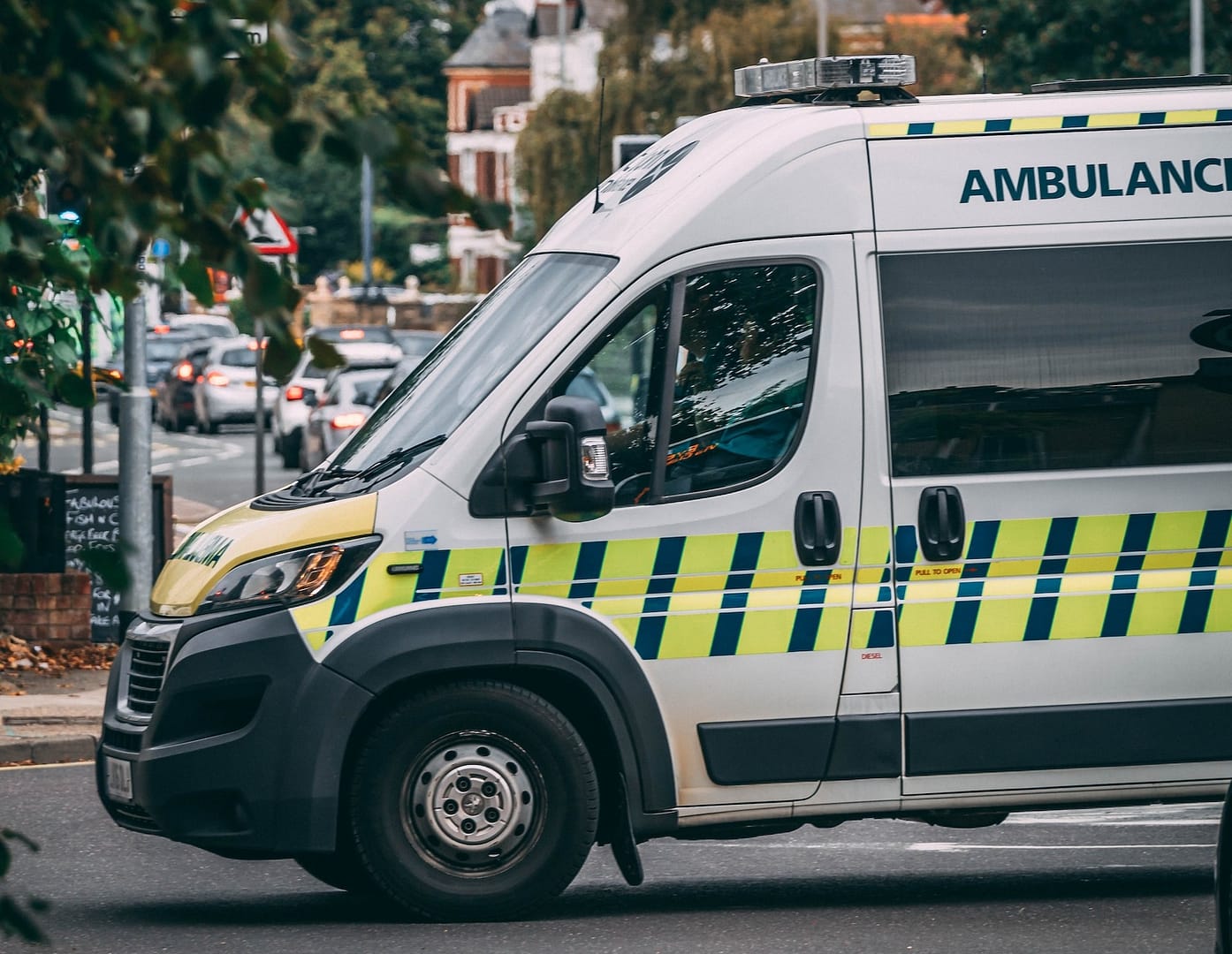Every day, countless lives are forever altered due to road traffic accidents. These unforeseen events can have devastating consequences, leaving victims with severe injuries and trauma. In such critical situations, medical intervention plays a crucial role in saving lives and minimizing long-term damage. This article will explore the significance of medical intervention with road traffic accidents, shedding light on the Road Traffic Act’s provisions for emergency medical treatment and the impact such interventions can have on the human body.
The Road Traffic Act: Facilitating Emergency Medical Treatment
The Road Traffic Act is legislation enacted to regulate various aspects of road traffic, including the provision of emergency medical treatment. In the chaotic aftermath of an accident, every second counts, and medical professionals need the legal authority to swiftly administer life-saving interventions. This act empowers healthcare providers to prioritize the well-being of accident victims without the fear of legal repercussions.
Under the Road Traffic Act, medical personnel are granted the authority to administer emergency medical treatment to accident victims, even without their explicit consent. This provision ensures that immediate action can be taken to stabilize individuals in critical condition, potentially preventing further harm or loss of life. The act recognizes the urgency and life-threatening nature of road traffic accidents, emphasizing the paramount importance of timely medical intervention.
The Impact on the Human Body
Road traffic accidents subject the human body to immense forces and trauma, often resulting in a wide range of injuries. Understanding how the body responds to such accidents is crucial for medical professionals to provide effective and targeted interventions. Let’s delve into the physical impact a body can experience after an accident.
Impact Forces and Injuries
When a vehicle collides or abruptly decelerates, the occupants are subjected to powerful forces. These forces can cause various injuries depending on factors such as the speed of impact, direction of collision, and use of safety restraints.
Head-on collisions, for instance, can lead to severe head and neck injuries. Whiplash, a common injury in rear-end collisions, occurs when the head is forcefully jerked backward and then forward, straining the neck muscles and ligaments.
Accidents involving high speeds may result in fractures and broken bones. The sudden application of force can cause bones to fracture or shatter, requiring immediate medical attention to realign and stabilize the affected area.
Internal Injuries
While external injuries may be readily apparent, road traffic accidents can also cause internal damage that may not be immediately visible. The force exerted on the body can cause organs to collide with each other or against the skeletal structure, leading to internal bleeding or organ damage.
For example, a sudden impact to the abdomen can cause the liver or spleen to rupture, resulting in internal bleeding. Prompt medical intervention is crucial to identify and treat such injuries, as delayed intervention can exacerbate the damage and potentially lead to life-threatening complications.
Traumatic Brain Injuries
One of the most severe consequences of road traffic accidents is traumatic brain injury (TBI). When the head experiences a significant impact or violent movement, the brain can be subjected to trauma within the skull, leading to TBI.
TBIs can have varying degrees of severity, ranging from concussions to life-altering brain damage. Immediate medical intervention is vital to assess the extent of brain injury and implement appropriate treatments. Failure to recognize and treat TBIs promptly can result in long-term cognitive impairment and disabilities.
Making a Road Traffic Accident Claim
In addition to the critical role of medical intervention in road traffic accidents, it is also important to address the process of making a road traffic accident claim. Victims of such accidents may be entitled to compensation for their injuries, medical expenses, and other related damages. Let’s explore the steps involved in making a road traffic accident claim.
Gathering Evidence
To support a road traffic accident claim, it is crucial to gather as much evidence as possible. This includes documenting the accident scene, taking photographs of the vehicles involved, and collecting witness statements. Additionally, obtaining medical records and reports detailing the injuries sustained and the required medical intervention can strengthen the claim.
Seeking Legal Assistance
Navigating the legal aspects of a road traffic accident claim can be complex, especially while focusing on recovery and medical intervention. Seeking the assistance of our friendly and knowledgeable team at National Claims, where we specialise in road traffic accidents is highly recommended. We will provide guidance with regards to the claims process, handle the paperwork and ensure that the victim’s rights are protected throughout the process.
Assessing Damages and Compensation
To determine the appropriate compensation, it is necessary to assess the damages resulting from the road traffic accident. This includes considering medical expenses, rehabilitation costs, loss of income or earning capacity, pain and suffering, and any long-term impact on the victim’s life. Working closely with us at National Claims will help ensure that all relevant damages are considered in the claim.

Conclusion
Road traffic accidents can have devastating consequences, but the availability of medical intervention provides a ray of hope in these distressing situations. The Road Traffic Act empowers healthcare providers to administer life-saving treatments promptly, emphasizing the urgency of such interventions. Understanding the physical impact of accidents on the human body highlights the importance of timely medical intervention in preventing further harm.
In addition to medical intervention, victims of road traffic accidents may have the opportunity to seek compensation for their injuries and losses through the legal process. Making a road traffic accident claim involves gathering evidence, seeking legal assistance, reporting the accident, assessing damages, and negotiating with insurance companies. By navigating this process effectively, victims can secure the compensation they deserve, aiding in their recovery and rebuilding process.
In conclusion, medical intervention and the possibility of making a road traffic accident claim are integral aspects of addressing the consequences of such incidents. Together, they contribute to providing necessary care, support, and justice for accident victims, helping them regain control of their lives and move forward after the traumatic experience of a road traffic accident.
Contact us to start your claim today and be put in touch with one of our claims specialists.
Click below to see why we are one of the most trusted claims management companies in the UK.

We’re proud of our excellent customer reviews
We thrive on delivering exceptional service and ensuring our clients’ satisfaction. Don’t just take our word for it. Check out some of our independent reviews to see what our clients have to say.
Excellent

This firm is excellent, they sorted out my car pay out and injury claim very fast, they always communicate with you all the time.

My accident case was dealt with confidence and with great result of the outcome, especially James kept me informed all the time.

I was very impressed at the way my inquiry was treated. I was listened to attentively and everything I needed to know was explained to me.






